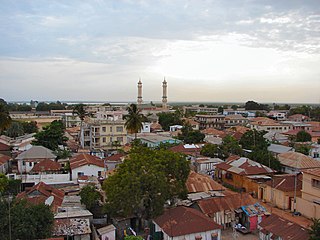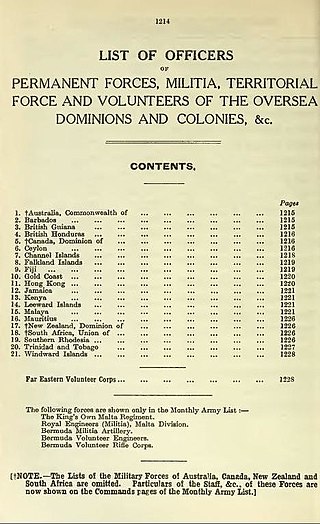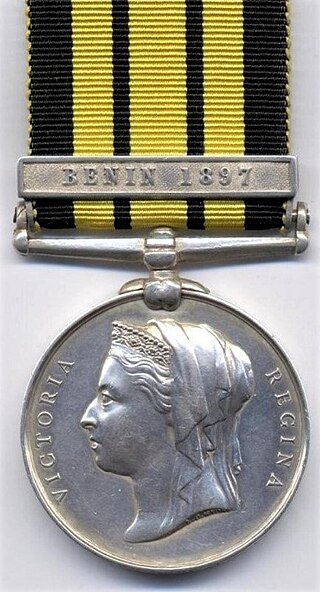1831 Barra War
In August 1831, disturbances were reported among the Mandinka people living in the vicinity of Fort Bullen and Barra Point. Ensign Fearon of the Royal African Corps was instructed by Lieutenant Governor George Rendall to investigate the disturbances. Fearon proceeded on 22 August with 30 Royal African Corps soldiers and a few pensioner to the town of Essau, the capital of Barra, to demand hostages from their king. At Essau, Fearon's force was attacked by a large body of the Barra king's troops, and was forced to withdraw to Fort Bullen. The Barra soldiers advanced on the fort, completely surrounding it from the land side. The next day, Fearon having lost 23 of his soldiers, evacuated the fort and retired to Bathurst, across the river. Following Fearon's defeat, neighbouring chiefs sent large contingents of men to reinforce the King of Barra's soldiers. Several thousand armed natives were collected only three miles from Bathurst, and with the settlement in such imminent danger, the Lieutenant Governor sent an urgent dispatch to Sierra Leone for assistance. [1]
The dispatch arrived on 1 October, and on 4 October a force under Captain Stewart of the 1st West India Regiment was dispatched. The force consisted of detachments from the 1st and 2nd West India Regiments, from the Sierra Leone Militia, and from the Royal African Corps. They sailed for The Gambia in HMS Plumper, a brig, and the Parmilia transport. On 9 November they arrived in The Gambia and found Fort Bullen still in the hands of the natives. Fortunately, they had confined themselves to making demonstrations rather than taking Bathurst, which lay entirely at their mercy. [1]

On 11 November, Stewart's force landed at Barra Point, consisting of 451 of all ranks. They were supported with heavy cover fire from the Plumper (under Lieutenant Cresey), the Parmilia, and an armed colonial schooner. The Mandinkas were estimated at 2500-3000 strong and were skilfully covered from the gunfire by their entrenchments and by the shelter of the high grass. They sustained heavy fire upon Stewart's force who were landing directly in their front. Despite this, the British pushed on, and after an hour's hard fighting, during which the Mandinkas contested every inch of ground, they succeeded in driving them from their entrenchments at bayonet point and pursued them for some distance through the bush. The British lost two men in this action, with three officers and 47 other ranks wounded. Over the next few days, the British focused on landing the guns and placing Fort Bullen in a state of defence. At daybreak on 17 November, the British marched to attack Essau, leaving Fort Bullen in the charge of the crew of the Plumper. [1]
On approach to the town, the British deployed into line, and the guns from the Plumper opened fire on the stockade. This was kept up for five hours, and was fire was returned just as vigorously from the town with small arms and artillery. The British fired rockets into the town, the first of which set fire to a house, but the rest had little impact due to precautions taken by the King of Barra's troops. At noon, some of them left the rear of the town, and shortly afterwards a very large force of Mandinkas appeared on the British right flank. A second force was also spotted making a detour around to their left flank, apparently with the intention of attacking their rear. The British ammunition running low, and the artillery having made little impact on the stockade, the British decided to retreat to Benty Point. They had suffered a loss of 11 killed and 59 wounded. Lieutenant Leigh of the Sierra Leone Militia, and five other men later died of their wounds. [1]
On 7 December, Lieutenant Colonel Hingston of the Royal African Corps arrived with reinforcements and assumed command of the British forces. Upon realising the increase in British strength, the King of Barra notified them of his desire to open negotiations. Terms being proposed which he accepted, a treaty was drawn up and signed at Fort Bullen on 4 January 1832, ending the war. [1]














